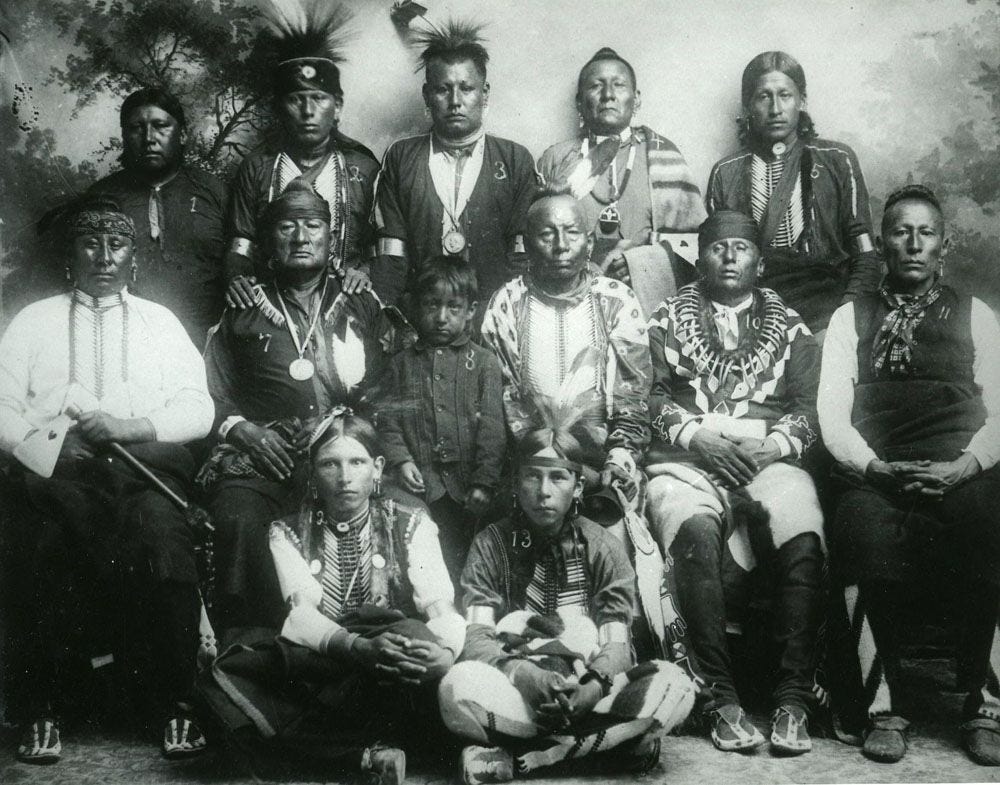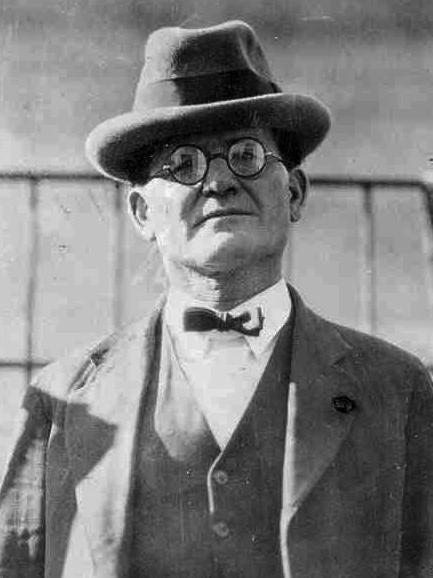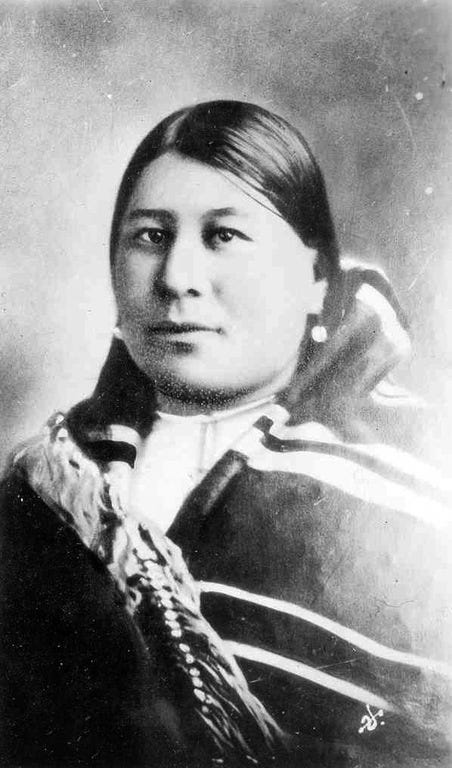It is estimated that twenty-four or many more Osage Native Americans were murdered in the early 1920s in or near Fairfax, Oklahoma. There were essentially no investigations at the time into the causes of death or motives by local authorities. Some of the victims did not show external wounds and their deaths were given general causes by the local medical examiner. The murders ceased upon the arrest of William K. Hale in 1926, the most powerful figure in the Osage County area and not a part of the indigenous tribe by blood. Due to systemic racism against the Osage people, fair investigations, trials, and justice were ultimately denied for the murders.
The Osage tribe had been driven away from the homeland in Kansas and settled in northeast Oklahoma in the early 1870s. They chose a barren area that was unlikely to be desired by anyone which they hoped would result in them living in peace. That perception would change with the discovery of one of the largest oil fields in the country and would lead to a conspiracy of murders.
The financial operations of the tribe were well conceived and gave the Osages complete control over the oil and drilling with revenue going into a trust maintained by the Federal government. The tribe received premium payments by auctioning off the rights to the oil barons looking to drill their land. J. Paul Getty, Harry Sinclair and Frank Phillips were some of the suitors lavishing money on the tribe who in exchange, received quarterly royalty payments. Under the rules of the reservation, each tribal member was given one share of ownership that could only be passed on to their immediate legal heir(s) but they did not have to be Osage members. In 1923 alone, the 2000 member tribe received $30 million (equal to $400 million today) that was divided evenly among tribal members.
The Osage became the richest people per capita in the world and they lived extravagantly in mansions with chauffeured driven cars and many white servants which only agitated the outside community more. “The Osage Indians are becoming so rich that something will have to be done about it,” reported Harper’s Monthly. Meanwhile, white settlers and business agents assigned to assist the Osage swindled, stole, and embezzled at least $8 million from the tribe.
Originally from Greenville, Texas, Hale referred to himself as the “King of the Osage Hills.” Hale was a wealthy rancher with strong business and political power including managing Osage affairs. He is believed to be the mastermind behind the murders to steal the tribal assets for himself. Hale arranged for his nephew, Earnest Burkhart to marry Mollie Kyle, a full-blooded Osage who lived with her mother. Lizzie Q. Kyel, Mollie’s mother who owned three shares of the oil through inheritance, died of a suspected poisoning in 1921 after Mollie’s sister died of a suspected poisoning in 1918. Another sister, Anna Brown, was shot in the back of the head and found in a ravine on May 22, 1921 and Mollie’s nephew was shot to death in January 1923. The nephew had a $25,000 life insurance policy that benefited Hale. On March 10, 1923, another sister, her husband, and housekeeper were killed in a house explosion leaving Earnest and Mollie with all of the shares of the deceased.
The murders were not limited to Mollie’s family. In the early 1920s, more than two dozen tribal members died from shootings, stabbings, beatings, and bombings. Other white settlers also married and murdered for inheritance. It is considered one of the bloodiest crime sprees in American history with local investigators often becoming victims themselves including one man who was thrown off of a train. An attorney with relevant information went to Washington D.C. to obtain Federal help only to be stripped, beaten, and stabbed more than 20 times and left in a Maryland culvert. In March of 1923, the Osage Tribal Council made an appeal to the Federal government for assistance from the U.S. Bureau of Investigation, the predecessor to the Federal Bureau of Investigation (FBI).
The newly appointed director, J. Edgar Hoover, sent investigators to Oklahoma hoping to make a positive name for the organization. The investigation got off to a rocky start when they hired a convict for undercover work who went rogue but eventually, they made some arrests. In order to investigate the case, the agents had to focus on murders committed within the reservation which was protected by the Federal government. The investigation continually came up with three names connected to the victims, William K. Hale, Ernest Burkhart, and John Ramsey. Burkart confessed and stated a local cowhand, Ramsey, had been hired for several of the executions and he implicated Hale as the ringleader. In 1926, the agents also charged Kelsie Morrison and Byron Burkhart, Ernest Burkhart's brother, with the shooting murder of Mollie’s sister. The FBI prematurely stopped the investigation after charging people in the murders of Mollie’s family but not investigating the larger conspiracy resulting in dozens or more other murders. The FBI even charged the tribe $20,000 for the investigation.
The trial went on for over three years between June 1926 and November 1929 in both state and federal courts. The nationally covered trials resulted in deadlocked juries, appeals, and overturned verdicts. In June 1926 Ernest Burkhart pleaded guilty and received a life sentence in the Oklahoma State Penitentiary after turning over state’s evidence and testifying against Hale and Ramsey. They were sentenced in 1929 to life imprisonment in the Federal Penitentiary at Leavenworth, Kansas. However, Hale, Ramsey, and Ernest Burkhart, were eventually paroled over protests from the Osage community. Even more shocking, Burkhart received a full pardon from Oklahoma governor Henry Bellmon in 1965.
After 1925 federal law prohibited non-Osages from inheriting shares from tribal members possessing more than one-half Osage blood. To learn more about this story, you can read David Grann’s book, “Killers of the Flower Moon: The Osage Murders and the Birth of the FBI,”
Cited sources:
https://www.okhistory.org/publications/enc/entry.php?entry=OS005
https://www.fbi.gov/history/famous-cases/murder-and-mayhem-in-the-osage-hills




